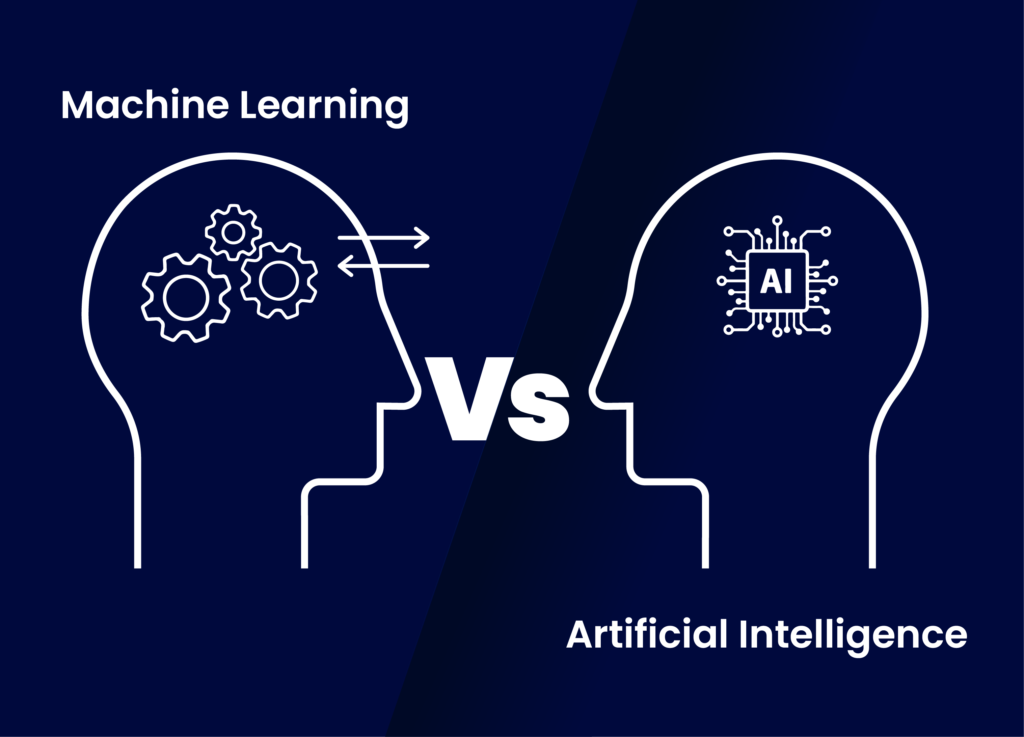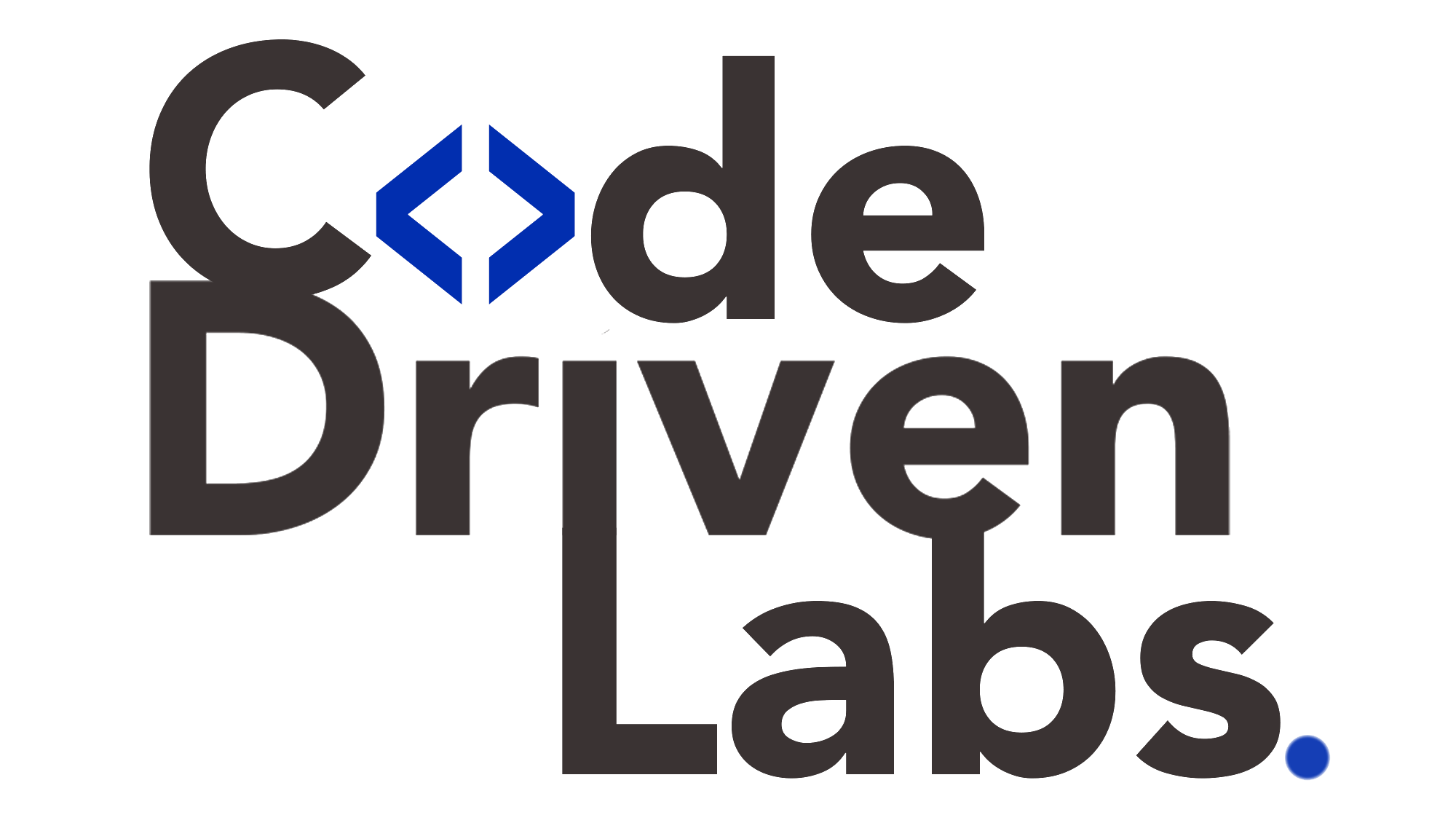Level up your business with US.
- Home
- The Role of AI and Machine Learning in Shaping Next-Gen Mobile Applications
The Role of AI and Machine Learning in Shaping Next-Gen Mobile Applications
September 2, 2025 - Blog
The Role of AI and Machine Learning in Shaping Next-Gen Mobile Applications
The world of mobile applications has evolved beyond basic functionality into a realm where intelligence, personalization, and automation are at the core of user experience. As we step into 2025, the integration of Artificial Intelligence (AI) and Machine Learning (ML) into mobile app development is not just a trend—it is the foundation of next-generation digital experiences. From personalized shopping recommendations to predictive healthcare monitoring, AI-powered mobile apps are reshaping industries and consumer expectations.
But building such intelligent, data-driven apps requires more than coding features. It demands rigorous testing, scalability, and adaptability—areas where code-driven labs play an instrumental role. In this blog, we’ll dive deep into how AI and ML are transforming mobile apps, the opportunities and challenges they bring, and why code-driven labs are indispensable for their success.

Why AI and ML Are Crucial for Mobile App Development
Mobile apps are no longer judged by what they can do but how well they understand and serve their users. AI and ML provide the ability to analyze user behavior, adapt to preferences, and deliver proactive solutions, making apps smarter with every interaction.
Here are some of the key reasons AI and ML are central to next-gen apps:
-
Personalization: Tailored content and recommendations keep users engaged.
-
Automation: From chatbots to voice assistants, AI reduces manual effort.
-
Predictive Insights: Apps can anticipate user needs, such as predicting health risks or travel delays.
-
Enhanced Security: AI-powered authentication improves fraud detection and data protection.
-
Efficiency: ML algorithms optimize app performance, data management, and resource allocation.
The demand for apps that are intelligent, adaptive, and predictive is driving developers to embed AI and ML into the core of mobile experiences.
Key AI and ML Features Driving Next-Gen Mobile Applications
1. Personalized User Experiences
AI algorithms analyze user activity, preferences, and demographics to provide hyper-personalized experiences. For example, e-commerce apps recommend products based on browsing and purchase history, while music apps suggest playlists tailored to individual moods.
2. Conversational Interfaces and Chatbots
AI-powered chatbots and voice assistants have revolutionized customer support. Apps now integrate natural language processing (NLP) to understand and respond to user queries in real time, reducing response times and improving satisfaction.
3. Predictive Analytics
Mobile applications use ML to predict outcomes. Fitness apps, for instance, predict progress and recommend training routines, while finance apps forecast spending trends and savings opportunities.
4. Image and Voice Recognition
From unlocking phones with facial recognition to searching via voice commands, computer vision and speech recognition have become essential features. Mobile apps in healthcare, education, and retail heavily rely on these AI-driven capabilities.
5. Intelligent Recommendations
Content platforms like Netflix, Spotify, and YouTube thrive on ML-powered recommendation engines that keep users engaged by suggesting relevant content.
6. Fraud Detection and Security
AI models can detect unusual user activity or fraudulent transactions in real time, making mobile banking and e-commerce apps safer for consumers.
7. AR and VR Enhancements
AI enhances augmented and virtual reality by optimizing rendering and providing real-time contextual insights. This is transforming industries such as gaming, retail, and real estate.
8. Autonomous Decision-Making
In 2025, mobile apps are evolving from being reactive to proactive. For example, AI-powered healthcare apps can autonomously alert doctors about irregularities in a patient’s health data before it becomes critical.
Industry-Specific Impact of AI and ML in Mobile Apps
Healthcare
AI-driven healthcare apps monitor vital signs, provide predictive diagnostics, and offer personalized treatment recommendations. Machine learning algorithms enhance accuracy in detecting conditions like heart disease or diabetes.
Finance
Banking apps rely on AI for fraud detection, robo-advisory, credit scoring, and personalized financial planning. By analyzing spending patterns, ML models empower users to make smarter decisions.
Retail and E-Commerce
AI enables apps to create personalized shopping experiences, dynamic pricing models, and inventory optimization, driving customer loyalty and sales.
Education
E-learning apps use AI to customize study plans, recommend resources, and offer AI tutors powered by NLP, making education more accessible and engaging.
Transportation
Ride-hailing and logistics apps use AI to optimize routes, predict demand surges, and ensure driver safety through real-time monitoring.
Entertainment
Streaming apps rely on AI recommendation engines, while gaming apps use ML to enhance gameplay through adaptive difficulty levels and immersive AR/VR experiences.
Challenges in Developing AI-Driven Mobile Apps
Despite the benefits, integrating AI and ML into mobile apps presents significant challenges:
-
Data Dependency: AI models require massive datasets, which are not always accessible or clean.
-
Privacy Concerns: Handling sensitive user data raises compliance and ethical challenges.
-
Complex Development: Building ML models requires expertise in data science and advanced algorithms.
-
Performance Issues: AI features can be resource-intensive, leading to higher power consumption.
-
Testing Complexity: AI-driven apps must be tested under diverse conditions to ensure accuracy, security, and scalability.
This is where code-driven labs come in to bridge the gap between development and real-world performance.
How Code-Driven Labs Support AI-Driven Mobile App Development
Code-driven labs are specialized environments designed to test, validate, and optimize AI-powered mobile apps before they reach users. They replicate real-world conditions, providing developers with actionable insights to refine app performance.
1. Data Testing and Model Validation
Labs ensure ML models are tested with diverse datasets, minimizing bias and improving accuracy. Developers can simulate different user behaviors to validate predictive algorithms.
2. Cross-Platform Performance Testing
AI apps must work across devices and platforms. Code-driven labs test apps under different OS versions, hardware specifications, and network conditions to ensure consistency.
3. Real-Time Simulation
Labs simulate real-world usage scenarios, such as high traffic spikes, latency variations, and device resource constraints, ensuring apps remain reliable under stress.
4. Security and Compliance Checks
AI-driven apps handle sensitive data, especially in finance and healthcare. Code-driven labs conduct penetration tests, vulnerability assessments, and compliance audits to ensure apps meet industry standards.
5. Automation in Testing
Labs integrate automated testing pipelines that evaluate AI predictions, chatbot accuracy, and recommendation relevance, ensuring updates don’t break functionality.
6. Scalability Validation
As AI apps scale, code-driven labs simulate millions of concurrent users, ensuring systems perform without failures or delays.
7. Continuous Learning Validation
AI models evolve with new data. Labs help validate updated models in controlled environments before deploying them to production, ensuring reliability.
Best Practices for Building AI-Driven Mobile Apps
-
Focus on User Privacy: Incorporate strong data encryption and comply with GDPR, HIPAA, or relevant regulations.
-
Leverage Cloud and Edge Computing: Offload AI computations to the cloud or edge to optimize performance and reduce device strain.
-
Ensure Explainability: Build AI models that are interpretable to maintain user trust.
-
Adopt Continuous Testing: Use code-driven labs to constantly test and refine AI models in real time.
-
Balance AI with UX: Avoid overwhelming users with complex AI features; focus on simplicity and value delivery.
The Future of AI in Mobile Applications
In 2025 and beyond, AI and ML will no longer be optional—they will be the driving forces of mobile innovation. As devices get smarter and networks like 5G and 6G expand, the scope of intelligent applications will only grow. Future mobile apps will be autonomous, predictive, and deeply integrated into daily life, from managing finances to improving health and enhancing entertainment.
However, success depends on rigorous testing and validation. Without environments like code-driven labs, businesses risk releasing apps that fail under real-world conditions, compromising user trust and brand reputation.
Conclusion
The role of AI and machine learning in shaping next-gen mobile applications cannot be overstated. From personalization and automation to predictive analytics and enhanced security, AI is at the heart of innovation in mobile app development. It is revolutionizing industries such as healthcare, finance, retail, and entertainment by delivering intelligent, user-centric solutions.
Yet, building and maintaining these apps comes with challenges—data quality, privacy, performance optimization, and scalability. That’s why code-driven labs are indispensable. They provide the controlled environments developers need to test AI models, validate predictions, ensure security, and optimize performance across devices and networks.
As we move further into the age of smart mobile ecosystems, the synergy between AI-powered apps and code-driven labs will define the next generation of digital experiences. Businesses that embrace this combination will not only lead the market but also set the standard for innovation in 2025 and beyond.
